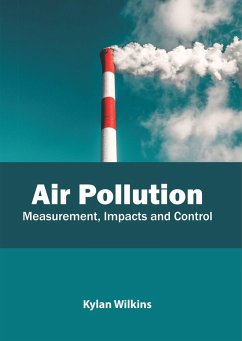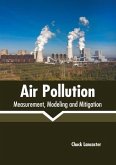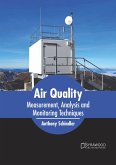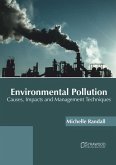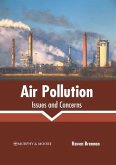When excessive quantities of pollutants or harmful substances such as particulates, gases, etc. are introduced into the Earth's atmosphere, it leads to air pollution. It is damaging to the natural and built environment and may potentially result in allergies, diseases and death in humans. Pollutants can be natural or man-made. They can be further classified into primary and secondary pollutants. Carbon dioxide is a primary pollutant that has the most significant contribution to air pollution. Some secondary pollutants are ground-level ozone and peroxyacetyl nitrate. Reduction of fossil fuel use, transition to renewable and clean energy, use of particulate control devices, etc. are some of the techniques for the control of air pollution. This book elucidates the concepts and innovative models around prospective developments with respect to air pollution control. It aims to shed light on some of the unexplored aspects of air pollution and its impacts. It is an essential guide for both academicians and those who wish to pursue this discipline further.

